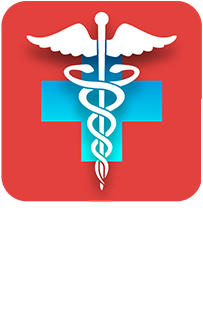Billing and Coding Audits for medical practices
Billing and coding audits are essential processes for medical practices to ensure accuracy, compliance, and revenue optimization. These audits involve a thorough review of medical coding and billing practices to identify errors, discrepancies, and areas for improvement.
Types of Audits:
There are several types of audits that medical practices can conduct to evaluate their billing and coding processes:
Internal Audits: These audits are conducted by staff within the medical practice to review coding and billing processes for accuracy and compliance.
External Audits: External auditors, such as third-party auditing firms or government agencies, may perform audits to assess compliance with regulations and guidelines.
Focused Audits: These audits target specific areas of concern, such as a particular code or billing practice.
Comprehensive Audits: Comprehensive audits cover all aspects of coding and billing to provide a holistic assessment of a medical practice’s revenue cycle management.
The primary objectives of billing and coding audits for medical practices are:
After identifying issues through the audit, medical practices should implement corrective actions, which may include:
- Staff training and education on coding and billing guidelines.
- Process improvements to enhance documentation and coding accuracy.
- Policy and procedure updates to align with regulations.
- Follow-up audits to monitor progress and compliance.
Billing and coding audits should be an ongoing process to ensure continuous improvement and compliance. Regular audits help medical practices adapt to changes in regulations and coding guidelines.

